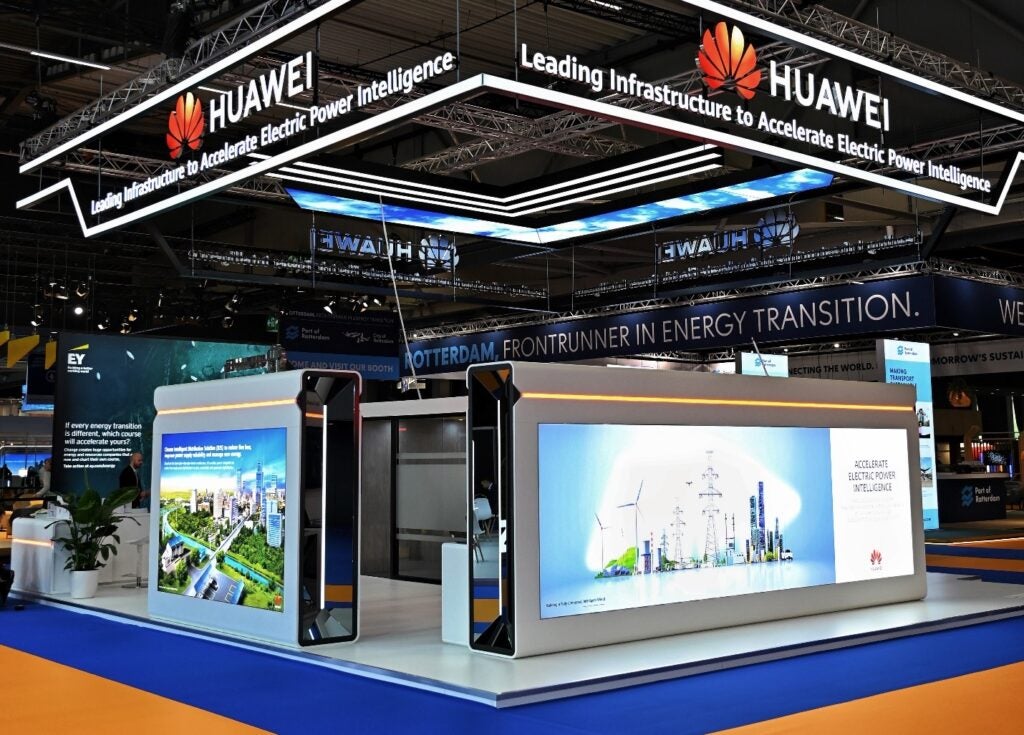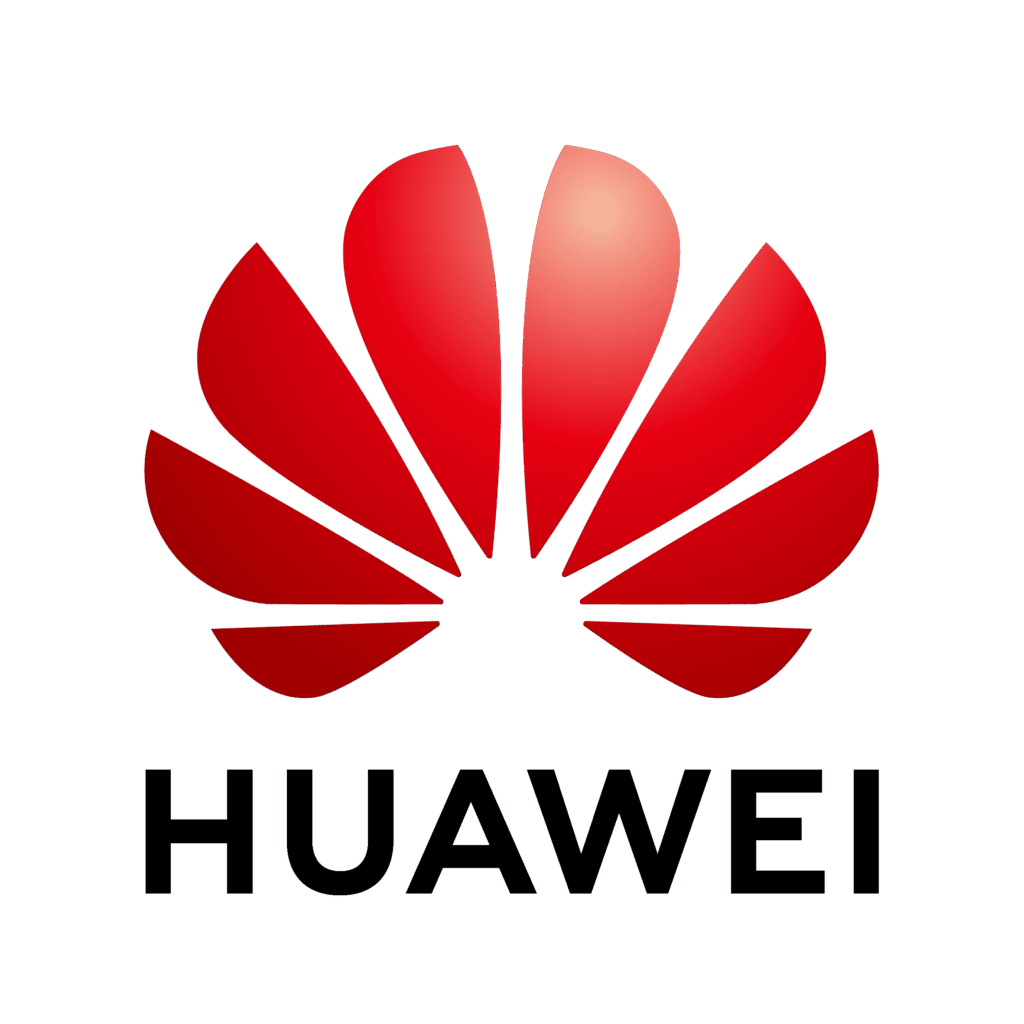The Future of Electric Power Systems Through the Eyes of One of the Largest Technology Companies in the World
Huawei’s experts have the technical knowledge and in-field experience to help power companies overcome challenges presented by the ever-changing electric grid.
The world is very familiar with Huawei. The company was founded in 1987 and quickly developed into a leading global provider of information and communications technology (ICT) infrastructure and smart devices in the years that followed. It currently has about 207,000 employees and operates in more than 170 countries and regions, serving more than three billion people globally. Huawei is committed to bringing digital technology to every person, home, and organization for a fully connected, intelligent world.
In recent years, Huawei has placed a keen focus on creating innovative solutions to support the electric power industry through the combination of ICT, industry best practices, and digital platforms. Huawei has worked with partners to provide intelligent solutions and services to about 200 power companies, helping them move toward secure, efficient, green, and sustainable development.
Managing Operations with Advanced Technology
Jason Li, President of Global Marketing & Solutions for Huawei Electric Power Digitalization BU, was a featured panelist during a session on April 23, 2024, at the World Energy Congress in Rotterdam, Netherlands. While on stage, Li described how Huawei’s technology is being combined in various ways to provide value to the power sector.
“If you look at the traditional technologies, we just introduced major tasks focused on automation and automatic control technologies that address deterministic tasks of limited and relatively stable management objectives,” said Li. “These tasks require quick response and precise control, such as SCADA [supervisory control and data acquisition] and line protection in the electric power sector. And today, with the development of new energy resources and growing new circumstances, the future power system has to manage hundreds of millions of unstable and unpredictable objectives and process multiple complex services at the same time. This means that automatic control technology alone cannot solve the problem,” he explained.
Li noted that many traditional production control systems can continue to use standard automatic control technologies. However, he suggested advanced options are available to address more complicated issues. “For complex and diverse new services, digital technologies such as cloud, Big Data, IoT [internet of things], edge computing, and HPLC [high-speed power line carrier] last-mile communication technologies offer attractive solutions,” he said. “And in the more cutting-edge areas, users should consider adopting AI [artificial intelligence] technologies, such as CV [computer vision] type models, NLP [natural language processing] type models, prediction type models, and others.”

Explosive Growth Demands New Technology
Through its history, Huawei has seen the world change right before its proverbial eyes. Clean energy resources are literally being added daily to power grids around the world. In China, for example, Li said renewable energy capacity is expected to grow from 760 GW in 2022 to 1,530 GW in 2025—more than doubling over the three-year period. “So, it’s a big, explosive, or we call it leap-frog development of new energy,” said Li. Meanwhile, the growth in electric vehicles (EVs) is also astounding. Li said there were about 13 million EVs on Chinese roads in 2022, but that number is predicted to grow to 45 million in 2025.
These developments, among others, are forcing the adoption of advanced technology to manage power systems. It’s no longer a luxury, it’s a necessity. “The production of new green energies really relies on weather conditions and this leads to great challenges for electrical power enterprises,” said Li. “The digitalization for the electric sector is not only a technology upgrade, but also a transformation of the entire industry. So, therefore, we should change our mindset first.”
Li noted that power companies often invest billions of dollars in assets such as ultra-high-voltage substations or large power plants. Yet, many are reluctant to spend money on digital technologies, often investing less than 2% of total revenue on digitalization initiatives. However, Li suggested that leading companies typically spend 4% to 5% of revenue on innovative digital technologies and they see their investments paying off.
“Investing adequately leads to a productive cycle that we call the compound interest effect,” Li said. “We believe that the investment today in digitalization is not enough, and as we see new trends and new challenges, we should all focus on trying to bring more digital technology into the industry.”
Bringing Power to People
While the deployment of new technology is important in developed countries, it could be even more vital in the developing world. Huawei is working with power companies in various parts of Africa to build out reliable networks and distribution systems, thereby enriching peoples’ lives and expanding their opportunities.
As examples, Li mentioned a couple of major companies Huawei has worked with on the world’s second-largest continent. “We support Eskom. We support TESCO in Zambia,” he said. “We help them with our ICT technology for the SCADA and line protections to build up the main power system.” Still, Li suggested more needs to be done to shore up the distribution network throughout many parts of Africa, because many households still do not have a reliable electricity supply. “That’s why we need to focus on building up some intelligent distribution solutions,” he said.
In Cameroon, meanwhile, Huawei has helped develop off-grid electricity solutions in rural areas, using solar and wind resources combined with the company’s ICT technologies. “The transition to renewable energy resources, such as solar and wind power, requires sophisticated grid management capabilities,” said Li. “IDS facilitates the integration of these intermittent sources by balancing supply and demand, managing fluctuations, and optimizing energy storage solutions.”
